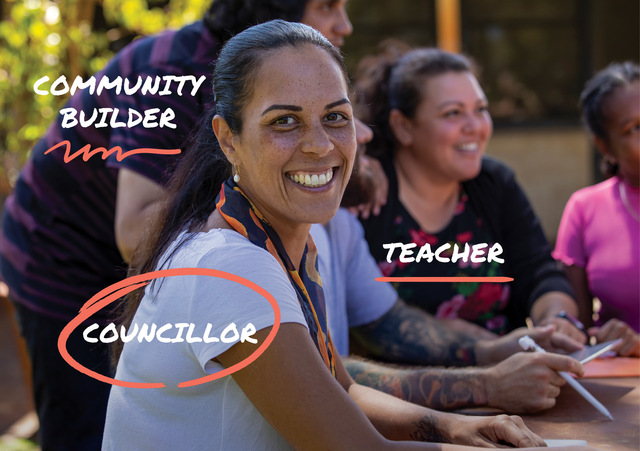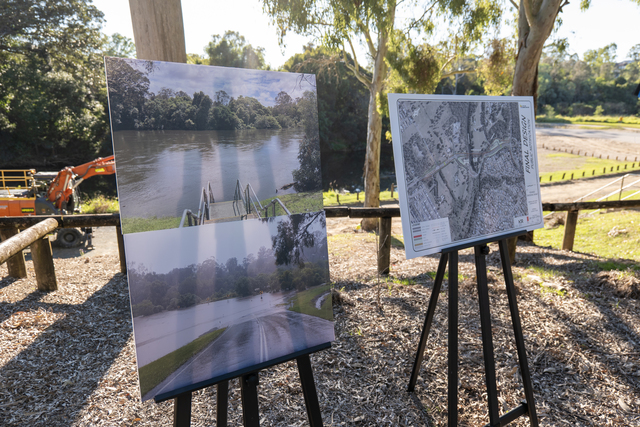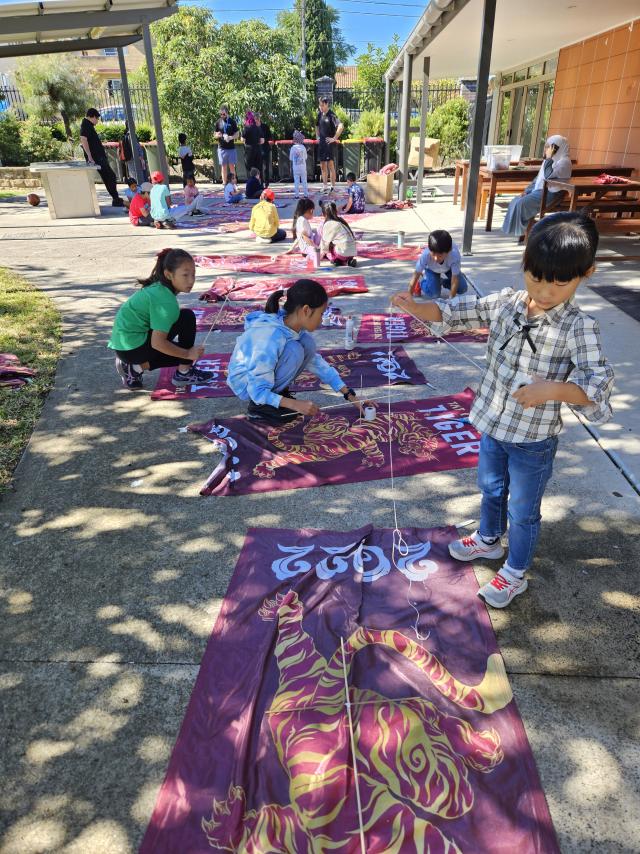The Barossa Council has recently awarded tenders worth nearly $2 million for the upgrade of the Nuriootpa and Tanunda septic tank effluent disposal schemes (STEDS). This move will further add to its reputation as a leading South Australian Council in the maintaining and upgrading of ageing effluent treatment and disposal infrastructure.
Council currently operates STED schemes within seven townships, treating and disposing of more than 700 megalitres of effluent per year.
Council will soon commence construction of a new STED scheme for Springton township. The estimated cost is $1.65 million, with the State Government is providing a subsidy of about $1.2 million.
Barossa Council Mayor, Councillor Brian Hurn, said the Nuriootpa and Tanunda STED schemes were installed in 1967 and 1972 respectively.
“Both have now reached a stage where major upgrades are required to adequately treat, store and dispose of effluent for the projected population growth over the next 20 years,” he said.
“The new extended aeration treatment facility proposed for Nuriootpa will cater for a population of 7,000 – current population is 4,000 – and produce Class B quality water suitable for sale for various irrigation uses.
The new 70 megalitre treated effluent storage dam at the Tanunda STEDS lagoon site is the first stage of upgrading the lagoon treatment system to cater for a population growth from 4,000 to 6,000. It will also improve water quality for irrigation uses.
Council has also purchased $23,000 worth of pipe inspection equipment, incorporating a colour camera and reel with in line transmitter, receiver and colour monitor. This equipment enables identification and accurate location of problems in pipe lines of the STED schemes.
Mayor Hurn said Council’s ongoing expenditure on STEDS would ensure that Barossa towns continue to meet State environment protection and public health requirements in future years.







